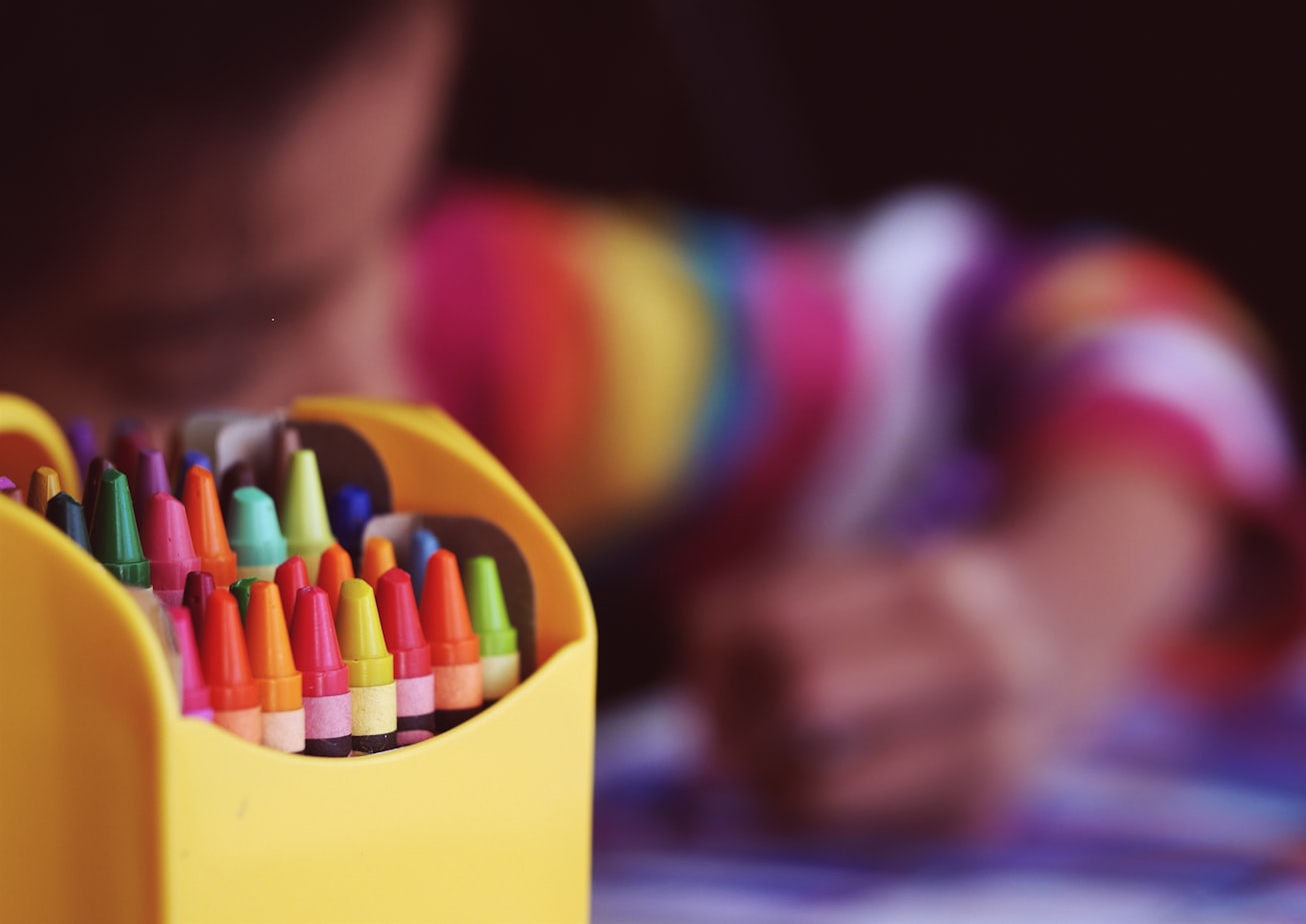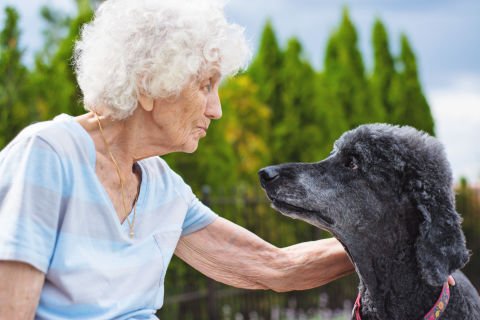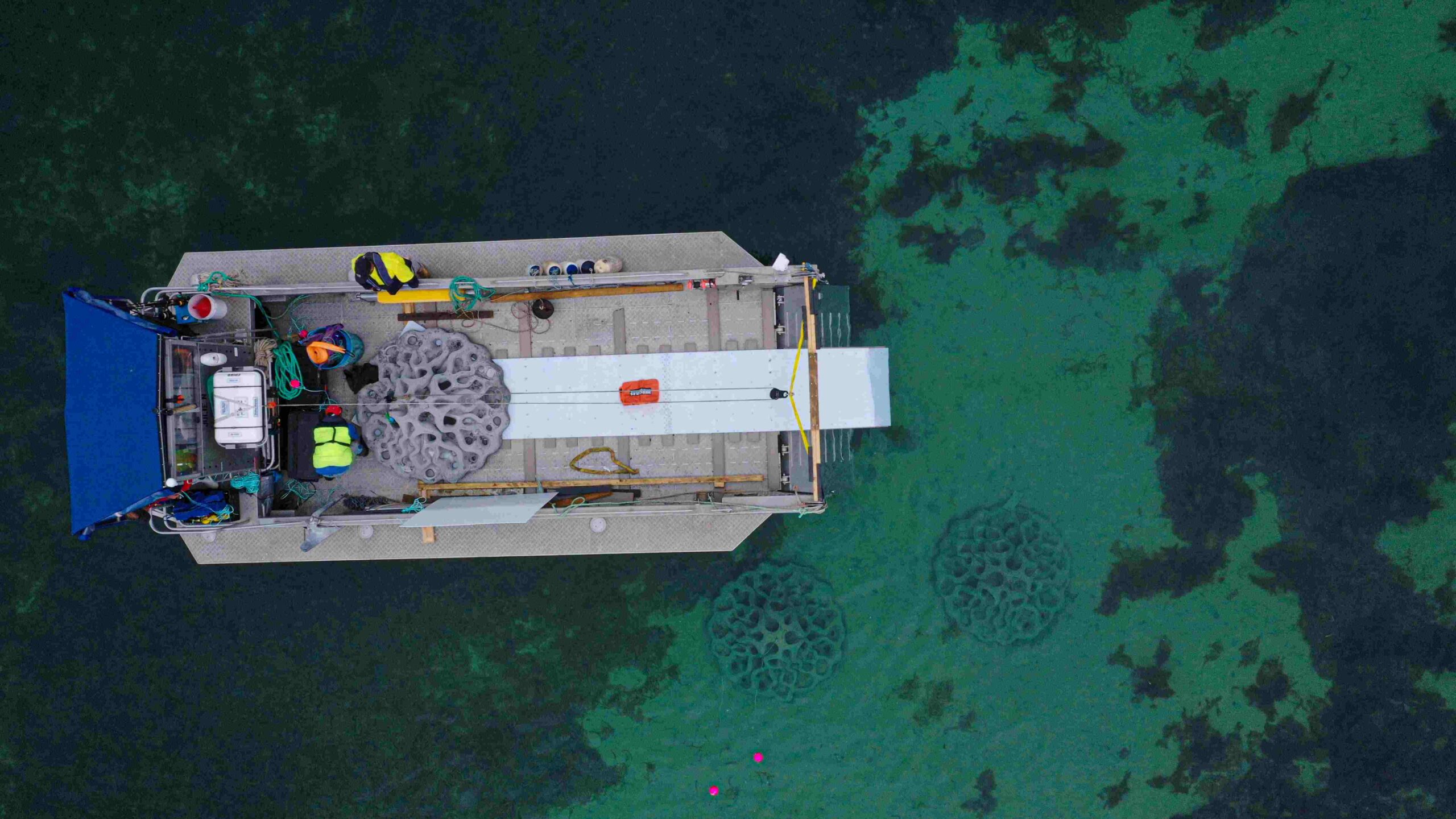
Native oysters may one day return to the coastline of Kangaroo Island after the installation of new reef structures along the Kingscote foreshore as part of the Flinders University-led Passport to Recovery (‘P2R’) program.
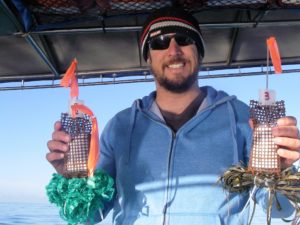
The new ‘Reef Rewind’ snorkel trail launched this month has 12 specially designed 3D printed, 2m wide concrete domes which will soon become havens for fish, seaweed and other sea creatures – including shellfish.
“After working on this project for more than two years, it’s exciting to have support from the Reef Design Lab in Melbourne to establish this new feature across the main foreshore area,” says Flinders University marine restoration ecologist Dr Ryan Baring, who led the ‘Reef Rewind’ P2R project.
“Overfishing, dredging and other coastal changes saw most native shellfish reefs disappear around Australia, so we’re excited to pave the way for their return at this site, similar to other reef restoration projects.”
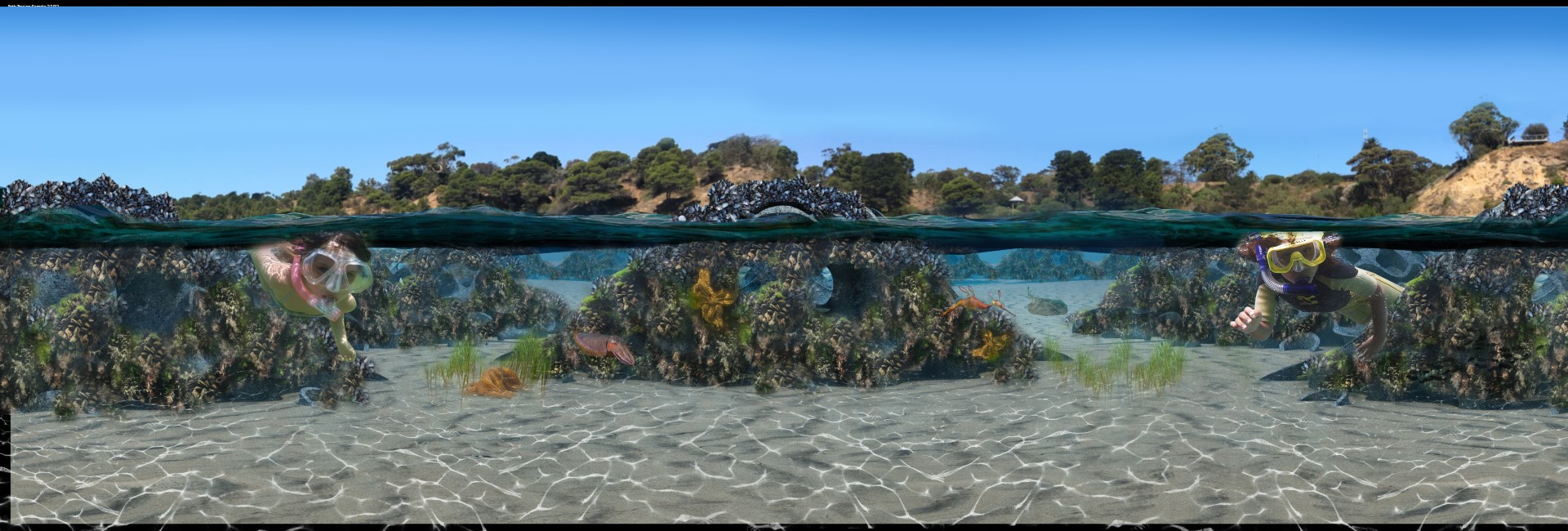
On Kangaroo Island, The Nature Conservatory and Kangaroo Island Landscape Board have recently deployed restoration reefs offshore at American River and Kingscote.
Flinders University P2R project manager, marine biologist Dr Cassie Hoepner, says the new Kingscote reef – just 30m offshore in front of the popular Ozone Hotel – “serves as a small scale, accessible visualisation of these larger restoration reefs for tourists and the local community”.
“It will assist in the long-term monitoring of reef restoration and the attraction of marine life to the popular tourist area,” says Dr Hoepner.
The Reef Rewind project will be the first citizen science-based oyster reef restoration project in Australia.

The project is another stage in the research-led citizen science program – supported by SeaLink, the Australian Government’s Inspiring Australia Citizen Science grant scheme, and other sponsors – which has involved tourists and the Kangaroo Island community in a wide range of conservation and environmental recovery projects since Black Summer bushfires ravaged the landscape in 2019-20.
As well as the Reef Rewind project, four more projects are about to be released into the Passport 2 Recovery app.
Citizen scientists will be invited to report on the fuel load in bushland and forests around the island, and to consider their carbon footprint on the island (‘My Island Footprint’).
The ‘NoBurn’ initiative – an ongoing Inspiring Australia citizen science project on Kangaroo Island – uses AI to predict bushfire susceptibility from fuel loads photos uploaded on the app by citizen scientists.

Local landholders are invited to use NoBurn app to assess their property’s fuel load for fire danger.
The ‘My Island Footprint’ project will also involve an opportunity to offset visitors’ carbon footprint with a native revegetation program.
As well, ‘Rainbow Spiders’ will explore the colouration of orb weaver spiders across the island as a baseline for future bushfire events and if colouration can be adapted by these spiders to better match their environment.
‘CoastSnap’, a UNSW-led research project, uses repeated citizen science image submissions over time to model changes in coastal processes and dynamics.
The Kangaroo Island Tourism Alliance (KITA) has installed a CoastSnap station at Penneshaw and P2R will expand on this installing two new stations around the island.
Last year, holiday-goers are invited to get on board with their observation of endangered Australian sea lions, Cape Barren Geese, plastic waste on beaches and also wildlife-road interactions.

This adds to three other initial P2R projects already under way – monitoring koala survival (‘Koala Compass’), native bees (‘SmartNest’) and vegetation dieback (‘Dirty Boots’).
Tracy Croft, General Manager, South Australia for SeaLink Marine & Tourism, says the company is pleased to support initiatives such as Flinders University’s Passport to Recovery program.
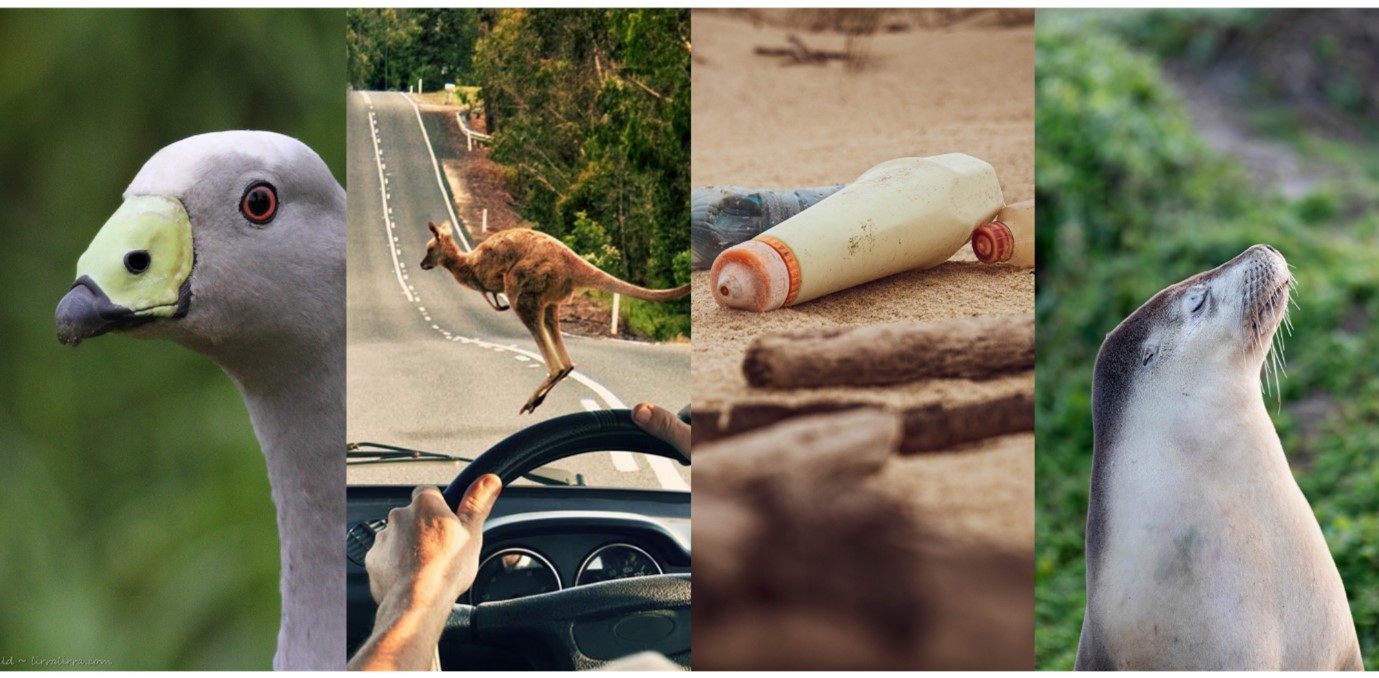
“The eco-based efforts to restore and maintain the diversity of Kangaroo Island’s flora and wildlife is crucial,” says Ms Croft. “Programs including citizen science provide an excellent opportunity for tourists to connect with and make a meaningful contribution to this beautiful destination.”
As well as SeaLink, the federal Department of Industry, Science, Energy and Resources and KITA, the Flinders University Passport to Recovery program has also been generously supported by the Kangaroo Island Council, KI Koala and Wildlife Rescue Centre and a wide range of local volunteers and businesses.
South Australia’s Kangaroo Island, last year rated No 2 ‘must-see’ 2024 holiday destination by Lonely Planet world travel guide, is slowly recovering from the 2019-20 bushfires which destroyed more than half the island’s vegetation and habitats.



